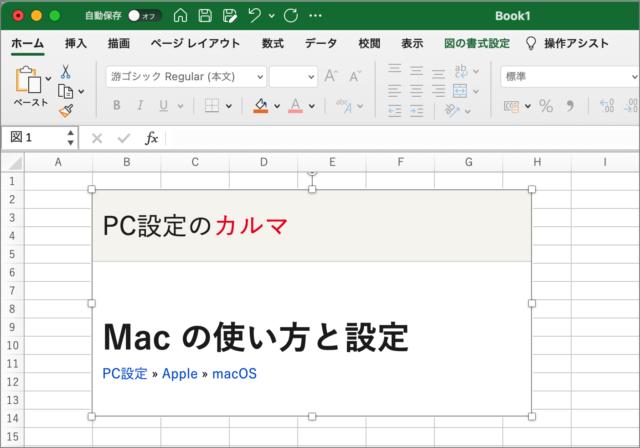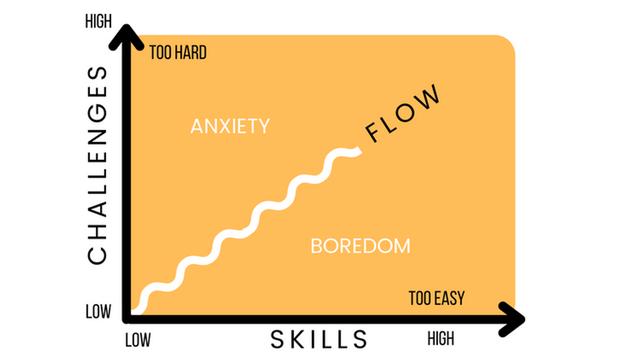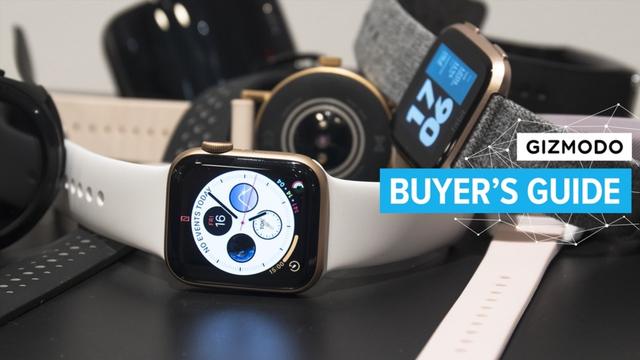How to take a screenshot on Mac | Change screen capture save destination/shortcut/copy to clipboard
Screenshots are useful when you want to record the screen of your Mac while you work. There are five ways to do this, depending on the application.
I will explain these methods in detail, and also introduce trivia such as changing the save destination.
close table of contents
How to take a screenshot of the entire screen/monitor
The most basic way to take a screenshot on a Mac is to take a screenshot of the entire desktop screen. You can either save the screenshot to your desktop or copy it to the clipboard without saving it.
Press command (⌘) + shift (⇧) + 3at the same time to save the screenshot to your desktop.
Example screenshot
command (⌘) + shift (⇧) + control (⌃) + 3If you want to process or send the screenshot you took with a communication tool, temporarily save it to the clipboard rather than saving it. It is convenient to copy to
In this case, add "control" to the above shortcut key and press the "3" number key at the end.
Screenshots copied to the clipboard can be pasted with the shortcut "⌘" + "V".
Related Popular ArticlesHow to Select and Take a Screenshot
Sometimes you want to take a screenshot only a part of the desktop instead of the entire desktop right.
Again, there are two ways to save the selected part of the screenshot to the desktop or copy it to the clipboard without saving.
Command (⌘) + shift (⇧) + 4To take a screenshot of a specified area, press the above keys at the same time, When the cursor changes to a cross icon, select Drag the area you want.
The screenshot you take will be saved on your desktop.
command(⌘)+shift(⇧)+control(⌃)+4Even if you want to copy the selected screenshot to the clipboard without saving it to the desktop, Almost the same as how to shoot.

Finally press 4 with the above keys, and when the cursor changes to a cross icon, hold down the "control" key and drag the range you want to select.
Command (⌘) + shift (⇧) + 4 followed by a spaceIf you want to take a screenshot of a specific window, menu bar, pull-down menu, etc., display the part you want to shoot. When you press the "Space" key at the end, the cursor will change to a camera icon.
Place the camera icon on the target window or menu, and click when the color of the corresponding part changes to complete the shooting.
You can copy the screenshot to the clipboard by holding down the "control" key while shooting the specified window.
If you take a screenshot of the specified window, you will notice that the window has a drop shadow. There is also a way to take a screenshot with this shadow turned off.
Using the same shortcut key as when shooting a specified window, hold down the "option" key and click to shoot. By the way, you can also copy the screenshot to the clipboard by holding down the "control" key at the same time when shooting the specified window.
How to change settings related to screenshots on Mac
You can actually change the location where screenshots are saved, which defaults to the desktop. Here are the steps:
Search for "Terminal" from "Applications" > "Utilities" and start it. You can also search with Spotlight.
Enter the command"defaults write com.apple.screencapture location" on the screen of the terminal that is started. After "location", specify the location you want to save in the command.
If the location you want to specify is the "Pictures" folder, enter the command "~/Pictures/". If there is another folder you want to specify and you don't know the directory, drag and drop the folder you want to save to the terminal and the directory will be automatically entered.
After typing the return key, type the command "killall SystemUIServer" and hit the return key to complete the change.
You can change the save format of screenshots, which is .png by default. Here are the steps:
Search for "Terminal" from "Applications" > "Utilities" and start it.
Enter the command "defaults write com.apple.screencapture type" on the screen of the terminal that is started. After "type", specify the save format you want to change with the command.
If the save format you want to specify is "JPG", enter the command "jpg". In addition to JPG, it is possible to save in TIFF and PDF formats, in which case enter the command "tiff" "pdf".
After you hit return, you can change it by typing the command "killall SystemUIServer" and hitting return.
You can change the filename of the screenshot, which is "Screenshot 2018-xx-xx" by default. Here are the steps:
Search for "Terminal" from "Applications" > "Utilities" and start it.
Enter the command"defaults write com.apple.screencapture name """ on the screen of the started terminal. Specify the file name you want to change between "" (double quotations) in the command.
If the file name you want to specify is "screen", enter the command between """ to make it "screen". In this case, the saved filename will be "screen 2018-xx-xx". If you do not put the specified file name between "" ", it will be "2018-xx-xx", and the file name will be only the time it was taken.
If you decide the file name and type the return key, the change is completed.
[Q&A] Basic knowledge about screenshots on Mac
We will explain common basic questions about screenshots on Mac in Q&A format.
Although you cannot interrupt the screenshot of the entire desktop screen with the shortcut key, you can interrupt the range selection or shooting of the specified window by typing the "esc (escape)" key before confirming.
The saved screenshot may not have an extension, but it is saved in "png" format. As mentioned above, you can change the save format by typing commands into the terminal.
Similar to auto-save, pasting a screenshot copied to the clipboard will result in a "png". By typing a command into the terminal, you can change the save format, so you can also change the pasting format.
The cursor is not captured in Mac OS standard screenshots. If you want to take a screenshot including the cursor, use "Grab" in "Applications" > "Utilities".
After launching Grab, go to Grab>Preferences in the menu bar and select the type of cursor you want to include in your screenshot. After completing the settings, select the screenshot you want to take from "Capture" on the menu bar.
If you want to turn off the shutter sound when taking a screenshot, use "Grab" in "Applications" > "Utilities".
After starting Grab, go to "Grab" > "Preferences" in the menu bar and uncheck "Play sound". After completing the settings, select the screenshot you want to take from "Capture" on the menu bar.
In order to move the cursor to the appropriate position, you can also use "Grab" in "Applications" > "Utilities" if you want to take a screenshot with a timer.
Select "Timer" from "Import" in the menu bar. A screenshot will be taken 10 seconds after you click Start Timer. Of course, dialog boxes are not included in screenshots.
Short-length web pages that require scrolling to see everything cannot be captured with standard Mac screenshots.
In the past, the browser "Shiira" supported exporting vertical PDF, but now it seems that there is no other way than to use the Google Chrome plug-in "Full Page Screen Capture".
Let's make full use of Mac screenshots
The screenshot function that comes standard with Macs can be used in a variety of ways, including temporary copying to the clipboard. A shortcut key is assigned.
Furthermore, there is also a method that allows you to change the save destination, file name, and file format, so you can customize screenshots that are optimized for your business. Use the tips in this article to get the most out of your Mac screenshots.









